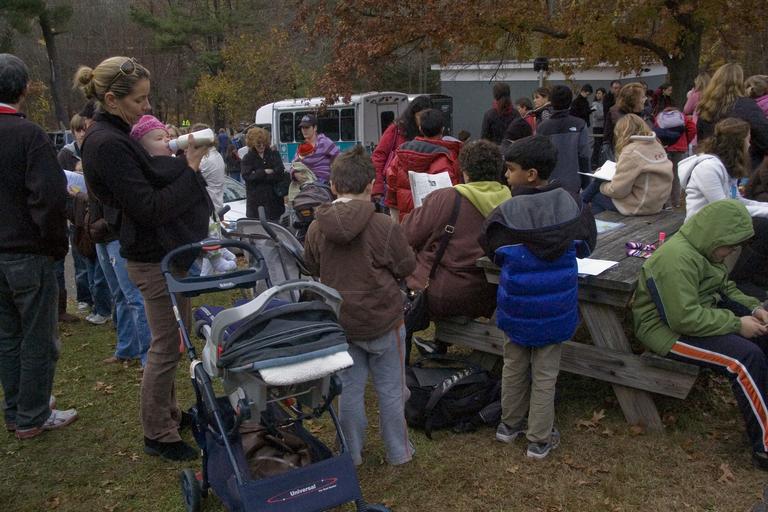Petey Menz ’11

Since the World Health Organization declared H1N1 a pandemic on June 11, Staples’ student body largely avoided catching Swine Flu. That changed on Nov. 16 when, according to Principal Dodig, more than 11 percent of the student body was absent.
“There were 170 to 180 something kids out of school,” Dodig said. “But by that Friday, it had dropped to under 7 percent.”
Though there were rumors that on the days with the most absences the school was near closing, Dodig denied that this was true.
“We [the other school principals, Elliot Landon, and I] did talk about ‘what if’ all the schools, or just one of them closed,” Dodig said. “We never talked about it seriously, as if it was going to happen.”
The day with the highest number of absences was Nov. 16; thus, Dodig believes that the number of swine flu cases has peaked and is now on the decline. However, school nurse Elizabeth Russ believes that Staples is “not out of the woods by any stretch of the imagination.”
“Just like any flu, there are going to be a couple of peaks. One now, one in March,” Russ said. “Kids are absolutely not out of the woods.”
Though Dodig did acknowledge that there might be another spike in infections come March, he believes that a good portion of the school will be vaccinated by then.
In fact, the Westport Weston Health District announced on Dec. 14 that anyone over the age of six months can now receive the H1N1 vaccine at a clinic organized by the district.
One extracurricular hit particularly hard by swine flu was Staples Players.
“I can’t speak for other organizations, but considering that during brush-ups, our two leads- Eva [Hendricks ’11] and Max [Stampa-Brown ’10]- both had it, I’d say it hit us pretty hard,” Adam Bangser ’10 said.
Bangser and Hendricks agree that Players was hit harder than other extracurricular activities because the play requires them to be so close together.
“Once one person got it, everyone got it,” Hendricks said.
To stop the spread of swine flu, Players enforced the “fever rule,” which meant that one had to be twenty-four hours fever free to return to school and play practice. Hendricks believes this was highly effective.
Other measures taken included taking two hand sanitizers from the cafeteria and placing them outside the black box theater; every time people exited or entered the black box, they would quickly wash their hands.
However, Bangser believes that when people were first infected with swine flu, they still came to practice.
“When they physically couldn’t [come to rehearsal], they stopped,” Bangser said. “Basically, if you had the sniffles, you were going… which wasn’t good because if you had the sniffles, you probably had swine flu,” Bangser said.
Russ believes that the problem of kids coming to school sick wasn’t limited to Players and said that there could be a variety of reasons for coming to school sick, namely being worried about academics and missing tests.
“We’re trying to stop that,” Russ said. “Their parents send them to school sick, and it’s awful. I see students who say my parents made me go to school.”
Russ emphasized that a fever should not be the only indication of someone’s sickness and that students should see how well they truly feel before going to school.
“We’re really trying to get people to understand the importance of staying away from the workplace, and school is your workplace,” Russ said.
Dodig agrees with Russ, but believes that “a majority of the kids heeded the warnings issued by the superintendent.”
Dodig also sent a message to parents telling them not to worry if kids were home sick, as teachers would be especially understanding of their situation. Overall, Dodig believes that Staples students should not be overly worried about swine flu.
“I think we made it; we made it through,” Dodig said.














































